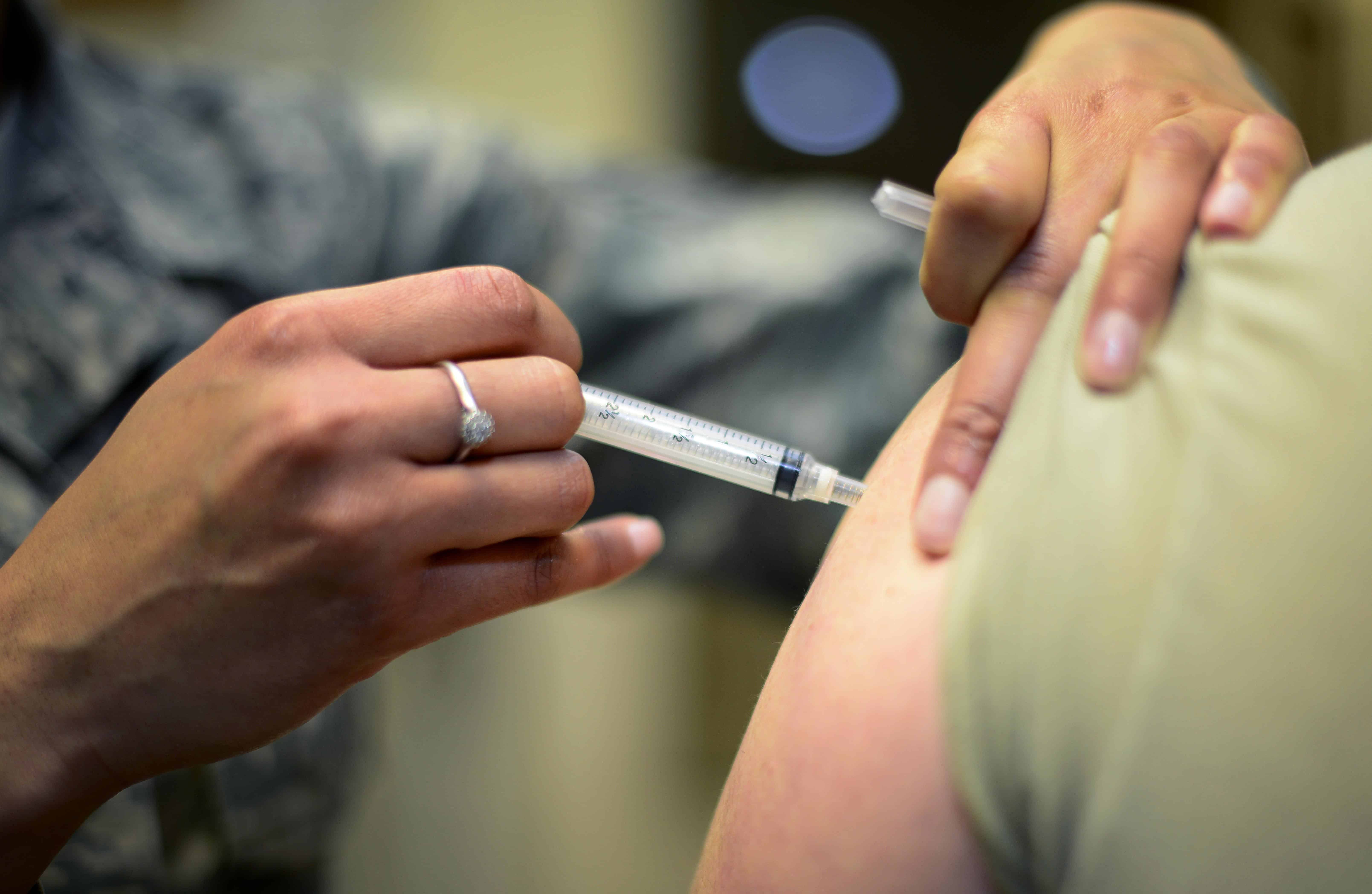February 12, 2016

A weekly roundup of news on drug resistance and other topics in global health.
The “most compelling evidence to date” linking Zika infection and the birth defect microcephaly, published in The New England Journal of Medicine. Zika virus was confirmed in the brain of a fetus aborted because of severe microcephaly, with no obvious cause other than the mother’s infection with the virus. Zika continues to spread worldwide, including the first confirmed case in China. The World Health Organization has issued its first Zika travel recommendations, advising that pregnant women consider delaying trips to Zika-affected areas and warning of the risk of sexual transmission. Some Olympic teams and athletes expected to compete in the Summer 2016 Games in Rio de Janiero have expressed concern about contracting the virus and possible further global spread because of the Games, though the International Olympic Committee stated they have not considered postponing or canceling them. U.S. President Barack Obama asked the Congress for $1.8 billion to fight Zika through vaccine development, mosquito control and public education. [NEJM, BBC, Washington Post, LA Times, NY Times]
Improved vaccine delivery and greater investment in vaccine development are crucially needed in the fight against antibiotic resistance, writes The Review on AMR. The Review’s most recent report cites recent CDDEP research published in The Lancet which estimated that universal coverage of children under five with the pneumococcal vaccine could avert 11.4 million days of antibiotics in children under five—a 47 percent reduction in antibiotic use for that purpose. The report also calls for a Global Innovation Fund to strengthen early stage vaccine research and market incentives for vaccine development. [Review on AMR, CDDEP, National Geographic]
Behavioral science-based interventions may reduce inappropriate antibiotic prescribing in primary care settings. Research published in JAMA examined three interventions to reduce antibiotic prescribing for acute respiratory tract infections when antibiotics were not indicated by guidelines: 1) suggested alternatives, which provided an electronic order prompting a non-antibiotic alternative for treatment, 2) accountable justification, in which clinicians had to justify the prescription in writing, or 3) peer comparison, wherein clinicians received emails comparing their prescribing rates to their “top-performing” (lowest-prescribing) peers. The study authors randomly assigned 248 clinicians at 47 U.S. primary care practices to receive 0, 1, 2 or 3 of the interventions and assessed prescribing rates at the beginning and end of an 18-month period using the interventions. They found that the two “socially-motivated” interventions—accountable justification and peer comparison–led to significant reductions in prescribing. [JAMA]
Areas of the United States with higher poverty rates have higher hospitalization rates for influenza-like illness during flu season, according to CDC’s Morbidity and Mortality Weekly Report. During the 2010-2011 and 2011-2012 flu seasons, the age-adjusted flu hospitalization rate in communities where 20 percent or more of households were below the federal poverty line was more than twice that of communities with less than five percent below the poverty line. The authors also found lower vaccination rates in the higher poverty communities. They surmise that in addition to minimized herd immunity from lower vaccination rates, greater prevalence of pre-existing medical conditions and ease of disease spread due to “poverty-related crowding” may contribute to higher hospitalization rates. [CIDRAP, MMWR]
White-tailed deer, common in the eastern United States, harbor a unique species of malaria. A study in Science Advances reports the “accidental” re-discovery of the parasite, which was described in 1967 and named Plasmodium odocoilei in a 1980 paper. Researchers from the Smithsonian Conservation Biology Institute in Washington, D.C. tested white-tailed deer across the southern and eastern United States and found the parasite in 25 percent of blood samples, from Louisiana to New York. Their research challenges the accepted notion that humans were the only mammals in North America to carry their own species of malaria. [Science News, Science Advances]
Use of fluoroquinolone antibiotics in poultry farms—a practice that has been banned in the United States—has grown significantly in the United Kingdom in the last few years. The Bureau of Investigative Journalism reports that fluoroquinolone use on poultry farms increased 59 percent over one twelve-month reporting period in the UK, ending in 2014. The increase is of concern because of increasing resistance of bacteria to commonly used fluoroquinolones like ciprofloxacin. The European Centers for Disease Control and Prevention found rates of Campylobacter resistance to ciprofloxacin as high as 60 percent in both human and animal samples from the European Union. [Bureau of Investigative Journalism]
The global burden of dengue has risen dramatically in the last two decades. Dengue incidence across 130 countries increased seven-fold between 1990 and 2013, according to a study in The Lancet Infectious Diseases. Cases of dengue increased from 8.3 million to 58.4 million over the period, and incidence was highest in Southeast Asia. The uptick in deaths due to dengue was more modest, with 8,657 in 1990 to 9,110 in 2013, with a peak of 11,302 in 2010. Though the virus has spread significantly into the Americas in the last two decades, the majority of the deaths were in South and Southeast Asia. [Lancet Infectious Diseases, CIDRAP]
An oral capsule containing bacterial spores may be an effective treatment for Clostridium difficile infection. Results of a Phase 1b/2 trial of the treatment, a capsule containing roughly 50 species of “beneficial bacteria,” indicate that it may be a possible alternative treatment to both antibiotics and fecal microbiota transplants (FMT). The trial enrolled 30 participants with recurring C. difficile, and 26 participants had no recurrence of C. diff-positive diarrhea in the following eight weeks. [Massachusetts General Hospital, Journal of Infectious Diseases]
Want to share interesting news via the digest? Email [email protected]
Image courtesy Wikimedia Commons.











